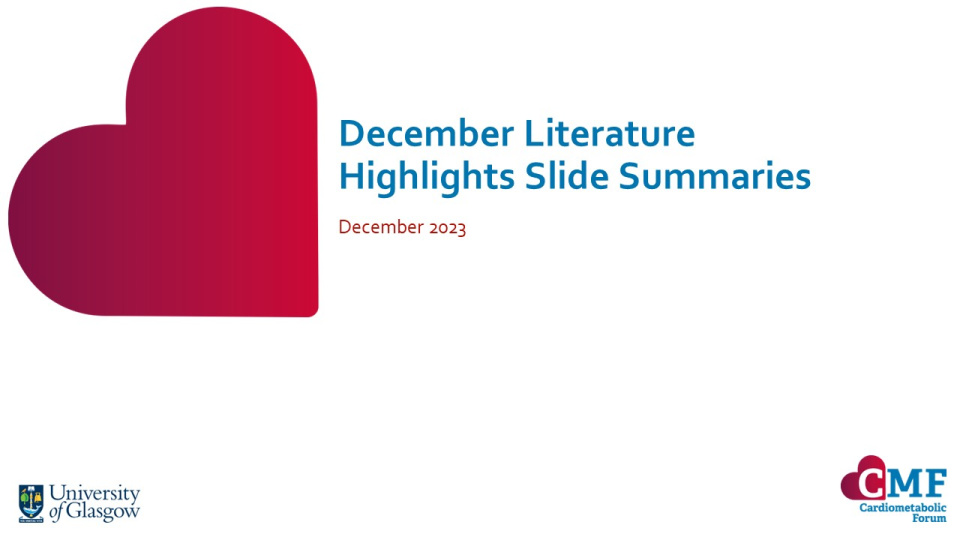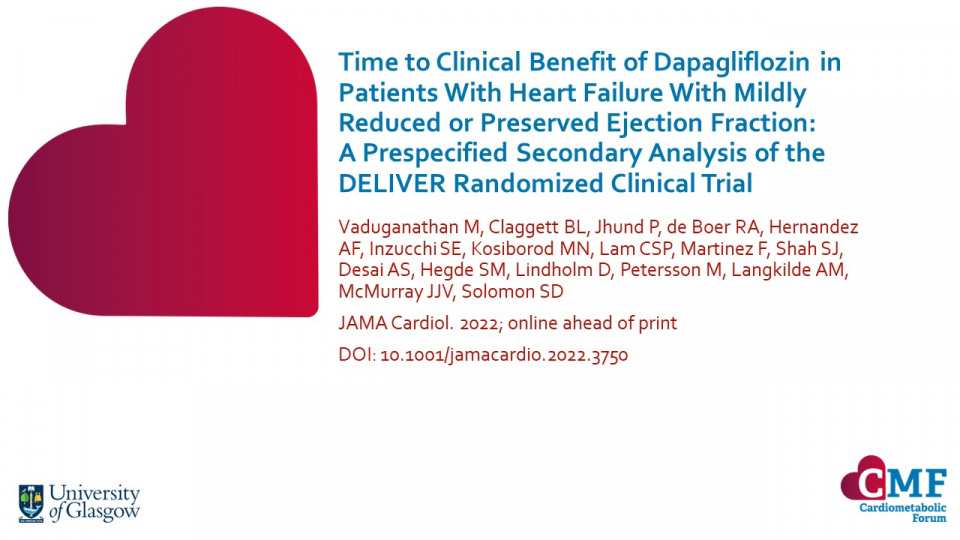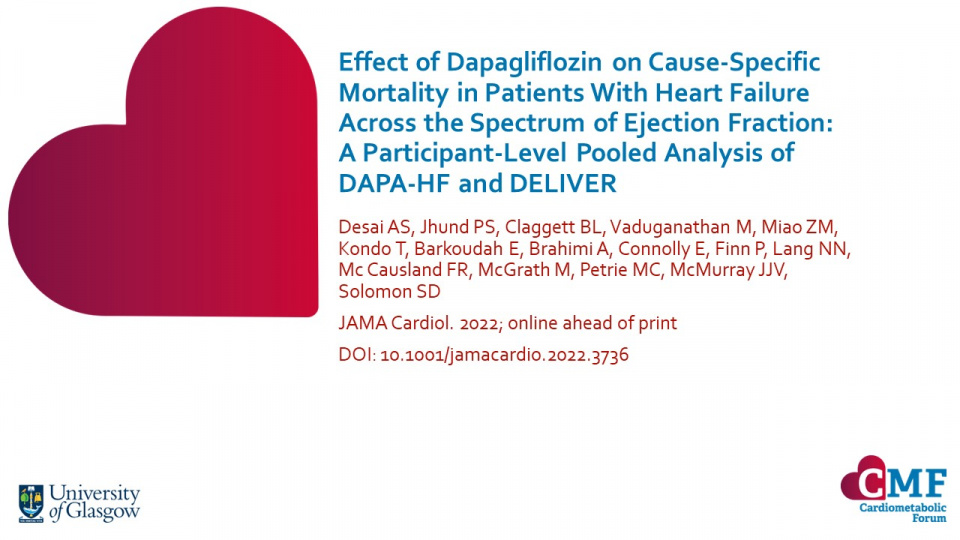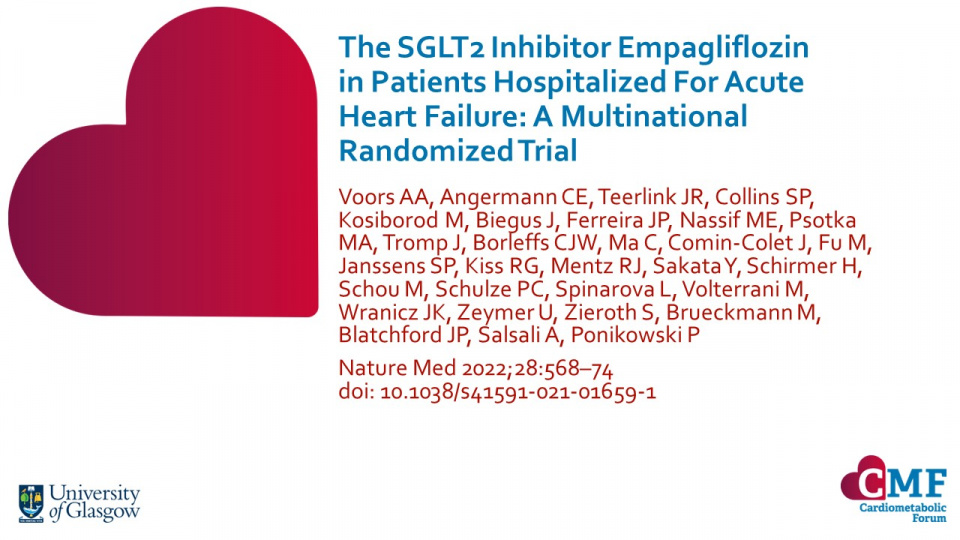Publications
Stay up to date with our literature reviews which are curated by experts to feature the most important publications released each month. Explore our publications for access to concise summary slides for your own use.
Time to Clinical Benefit of Dapagliflozin in Patients With Heart Failure With Mildly Reduced or Preserved Ejection Fraction: A Prespecified Secondary Analysis of the DELIVER Randomized Clinical Trial
JAMA Cardiol. 2022; online ahead of print DOI: 10.1001/jamacardio.2022.3750
Dapagliflozin was recently shown to reduce CV death or worsening HF events in patients with HF with mildly reduced or preserved ejection fraction in the DELIVER trial. This prespecified secondary analysis of DELIVER examined the timeline to onset of clinical benefit with dapagliflozin.
Effect of Dapagliflozin on Cause-Specific Mortality in Patients With Heart Failure Across the Spectrum of Ejection Fraction: A Participant-Level Pooled Analysis of DAPA-HF and DELIVER
JAMA Cardiol. 2022; online ahead of print DOI: 10.1001/jamacardio.2022.3736
In a prospective, patient-level pooled meta-analysis of the DAPA-HF and DELIVER trials, dapagliflozin-associated reductions in CV mortality in patients with HF appeared to be principally due to lower rates of sudden death and HF death, regardless of EF.
The SGLT2 Inhibitor Empagliflozin in Patients Hospitalized For Acute Heart Failure: A Multinational Randomized Trial
Nature Med 2022;28:568–74 doi: 10.1038/s41591-021-01659-1
Empagliflozin is well tolerated in patients hospitalised for acute heart failure, resulting in significant clinical benefit 90 days after treatment initiation.




